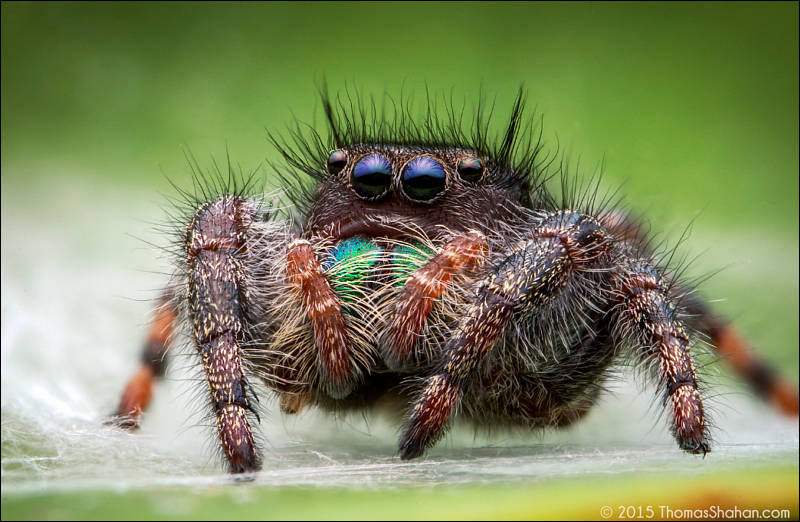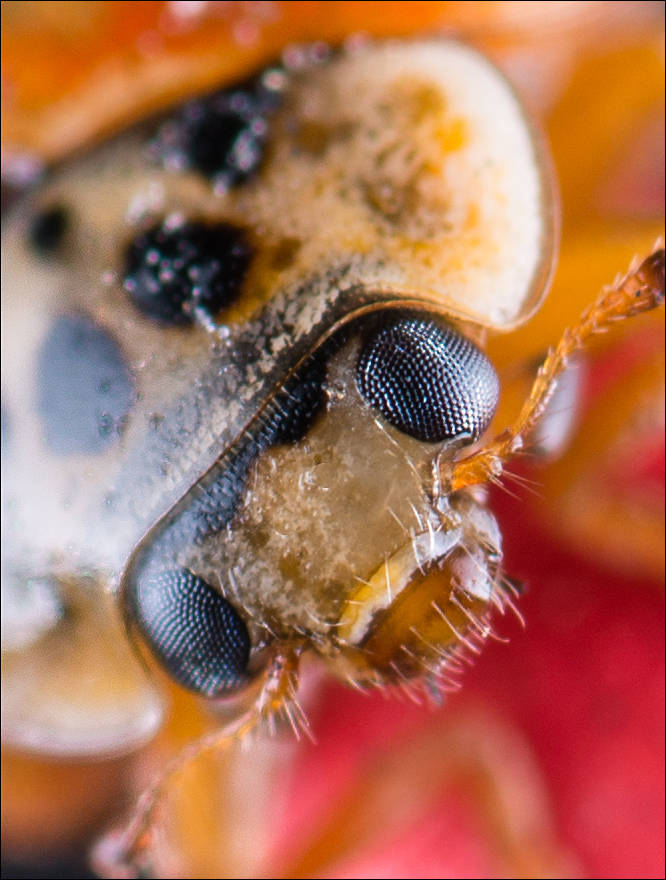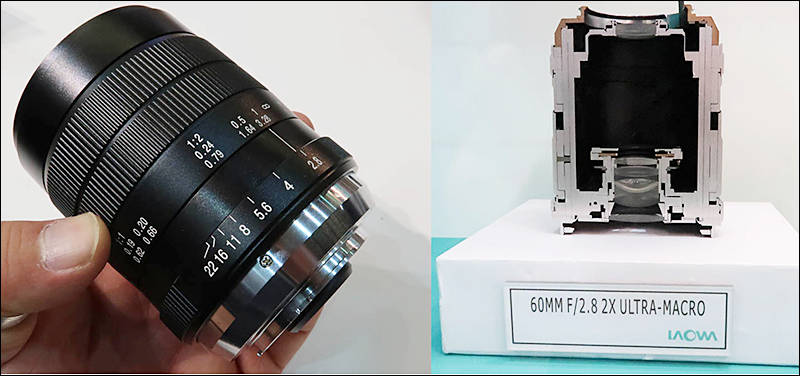
-
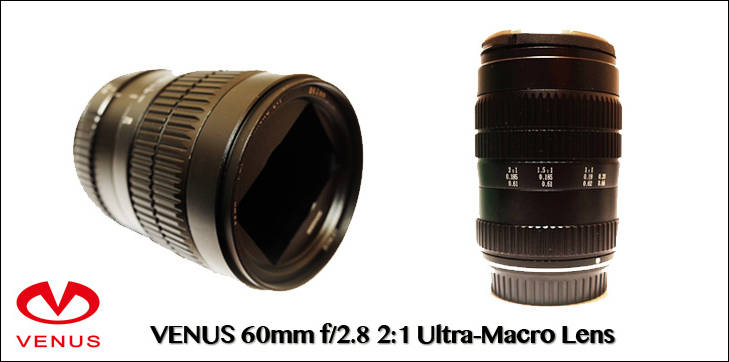
The new Venus 60mm f/2.8 Macro lens features a magnification range from 0.1x to 2x. Users could easily alter the magnification ratio without installing any extension tube or teleconverter, making it ideally suited for rapidly changing macro photography scenarios. This wide magnification range also makes it extremely useful for shooting macro objects (e.g. insects) with different sizes. Moreover, the lens is also designed for normal shooting purposes with a 60mm focal length, which provides an all-in-one solution for normal portrait shooting as well as ultra-macro photography.
The lens houses with 9 elements in 7 groups patented optical structure to provide great deal of image clarity and color renderness. The optical system consists of 2 major moving lenses groups in order to minimize the barrel distortion. 14 pieces of aperture blades form a close-to-circular aperture, capable of creating creamy shallow depth of view. The enclosure of the lens is made of metal to strengthen its durability. A complimentary lens pouch and filter are included in the package. Canon EF, Nikon F, Sony Alpha and Pentax K mount are available.
-
Available at our deals
-
Dont make versions for E-mount and M4/3, very bad. :(
-
Dont make versions for E-mount and M4/3, very bad. :(
Add few dollar adapter, and be happy.
-
Hmm I like the look of that for semi-telephoto plus macro shots of my kids nostrils. Seriously I like it tho.
-

 samsung_nx578.jpg666 x 880 - 87K
samsung_nx578.jpg666 x 880 - 87K -

 came-mini39.jpg800 x 539 - 60K
came-mini39.jpg800 x 539 - 60K -

 aset30.jpg800 x 529 - 71K
aset30.jpg800 x 529 - 71K -

 sales43.jpg800 x 628 - 83K
sales43.jpg800 x 628 - 83K -
Available on PV deals - http://www.personal-view.com/deals/lenses/venus
-
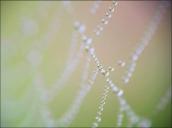
 sa404.jpg800 x 594 - 33K
sa404.jpg800 x 594 - 33K -
Review
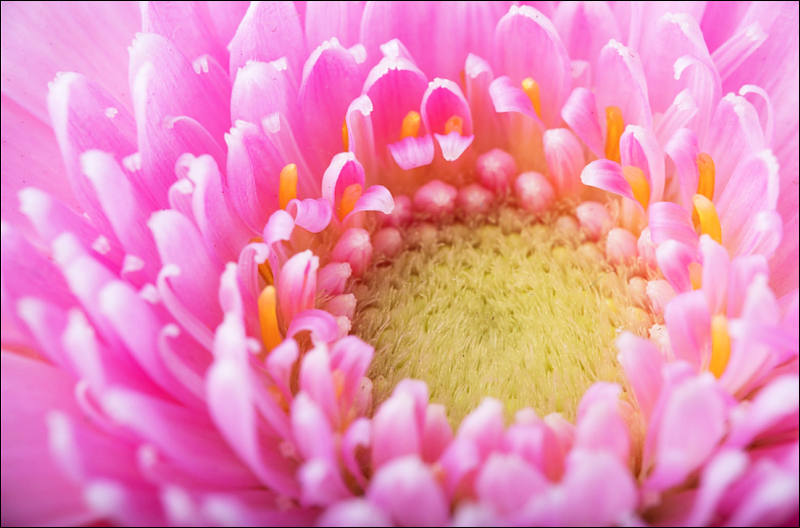
Being wide open, at f/2.8, lens is quite soft, even in the center. Observe the corners of the frame and it is softer still. Frankly speaking, f/2.8 is not ideal for macro work because the depth of field is so shallow, so this softness is more of a hindrance for portraiture.
At more closed apertures you start to obtain the sharpest image quality (in addition to the necessary depth of field for macro). Detail in the center of the frame when using an optimum aperture from f/5.6 to f/11 is very sharp. Yet even at these apertures the detail in corners displays some softness. If you want the widest spread of sharp detail across the frame, f/11 is the aperture to use.
Stopped down to f/16 diffraction has come into play, making all detail a little softer than at f/11.
http://www.photographyblog.com/reviews/laowa_60mm_f2_8_2x_ultra_macro_review

 sa411.jpg800 x 528 - 71K
sa411.jpg800 x 528 - 71K
Howdy, Stranger!
It looks like you're new here. If you want to get involved, click one of these buttons!
Categories
- Topics List23,990
- Blog5,725
- General and News1,353
- Hacks and Patches1,153
- ↳ Top Settings33
- ↳ Beginners256
- ↳ Archives402
- ↳ Hacks News and Development56
- Cameras2,366
- ↳ Panasonic995
- ↳ Canon118
- ↳ Sony156
- ↳ Nikon96
- ↳ Pentax and Samsung70
- ↳ Olympus and Fujifilm100
- ↳ Compacts and Camcorders300
- ↳ Smartphones for video97
- ↳ Pro Video Cameras191
- ↳ BlackMagic and other raw cameras116
- Skill1,960
- ↳ Business and distribution66
- ↳ Preparation, scripts and legal38
- ↳ Art149
- ↳ Import, Convert, Exporting291
- ↳ Editors191
- ↳ Effects and stunts115
- ↳ Color grading197
- ↳ Sound and Music280
- ↳ Lighting96
- ↳ Software and storage tips266
- Gear5,420
- ↳ Filters, Adapters, Matte boxes344
- ↳ Lenses1,582
- ↳ Follow focus and gears93
- ↳ Sound499
- ↳ Lighting gear314
- ↳ Camera movement230
- ↳ Gimbals and copters302
- ↳ Rigs and related stuff273
- ↳ Power solutions83
- ↳ Monitors and viewfinders340
- ↳ Tripods and fluid heads139
- ↳ Storage286
- ↳ Computers and studio gear560
- ↳ VR and 3D248
- Showcase1,859
- Marketplace2,834
- Offtopic1,320


